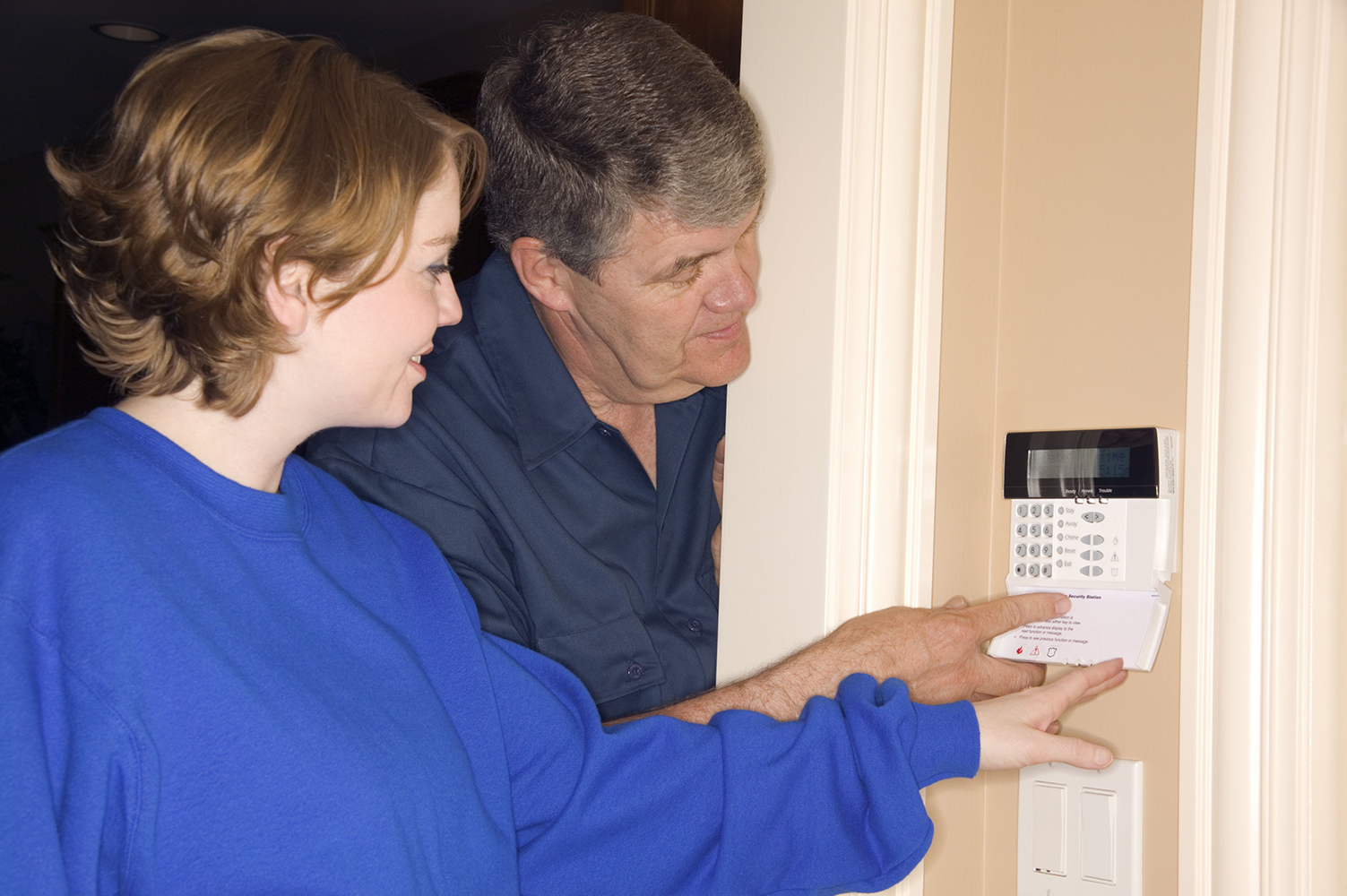Energy-saving strategies for the winter season ahead

As the brisk winter temperatures begin to drop across Illinois, the amount of energy required to keep homes warm will only increase, and in turn, drive up heating bills throughout the season. With the cost of living already placing a tremendous burden on many working families in the state, shelling out more to stay comfortable during these colder months can be challenging and leave some to question how they can cut back on their energy usage until the warm of Spring returns. While there is no quick fix to drastically lower one’s energy costs, homeowners can get the most out of their heating system by implementing a few simple practices.
Given last winter brought mild temperatures across the country, many households did not see significant increases in their home heating costs. However, with a chillier seasonal forecast this year, many Americans will likely have to pay more to keep warm this winter, especially in the Midwest. According to the United States Energy Information Administration’s Annual Winter Energy Outlook, retail energy prices are generally expected to be lower than they were last year on a per-unit basis. Despite this, however, the E.I.A. projects that Midwesterners will end up spending 2-11% more on home heating this season in order to offset the frigid weather outlook. Unfortunately, Illinois is no exception and, according to Moneygeek, will see the fourth-highest year-over-year home heating cost increase in the nation.
It is worth noting that heating costs can vary widely depending on several factors beyond just the size of a home. The age, quality of insulation, efficiency and type of heating system, and even where windows are placed can impact how much energy it takes for a home to reach a certain temperature, but addressing these factors is not a viable option for most. Luckily, there are plenty of cost-effective ways to improve your home’s efficiency and save on heating this winter:
- Adjust your thermostat: Lowering your thermostat even a degree or two can significantly reduce your monthly heating bill during winter. Consider turning the heat down further when nobody is home or investing in a smart thermostat to avoid wasting energy.
- Shut doors and vents to unused rooms: If part of your home is used infrequently, close any vents or doors that let in heat.
- Close exhaust fans and fireplace dampers: Heat can escape easily through exhaust fans in your kitchen or bathroom or through interior fireplaces. Use exhaust fans sparingly during the winter and open your fireplace damper only when it is being used.
- Replace worn-out air filters: Old or clogged air filters force heating systems to pump in more air than necessary. Regularly checking your home’s vents and air filters for blockages is an easy way to reduce energy costs year-round.
- Seal gaps in doorways: Even the smallest gap in an exterior doorway can force your heating system to work overtime. Add weatherstripping around your doorframe to prevent cold air and precipitation from entering your home.
- Add film to your windows: Low-efficiency windows can account for a large percentage of heat loss during the winter, even when closed and properly sealed. Adding a layer of clear plastic to your windows is a cheap and easy way to reduce heat loss.
- Utilize natural light: Efficient windows can actually help keep your home warm during the colder months by allowing sunlight to naturally heat up living spaces. Keeping your lights off and curtains open during the daytime puts less strain on your heating system and will lower your electric bill too. If you do choose to keep the lights on, consider switching to L.E.D. lightbulbs for maximum efficiency.
